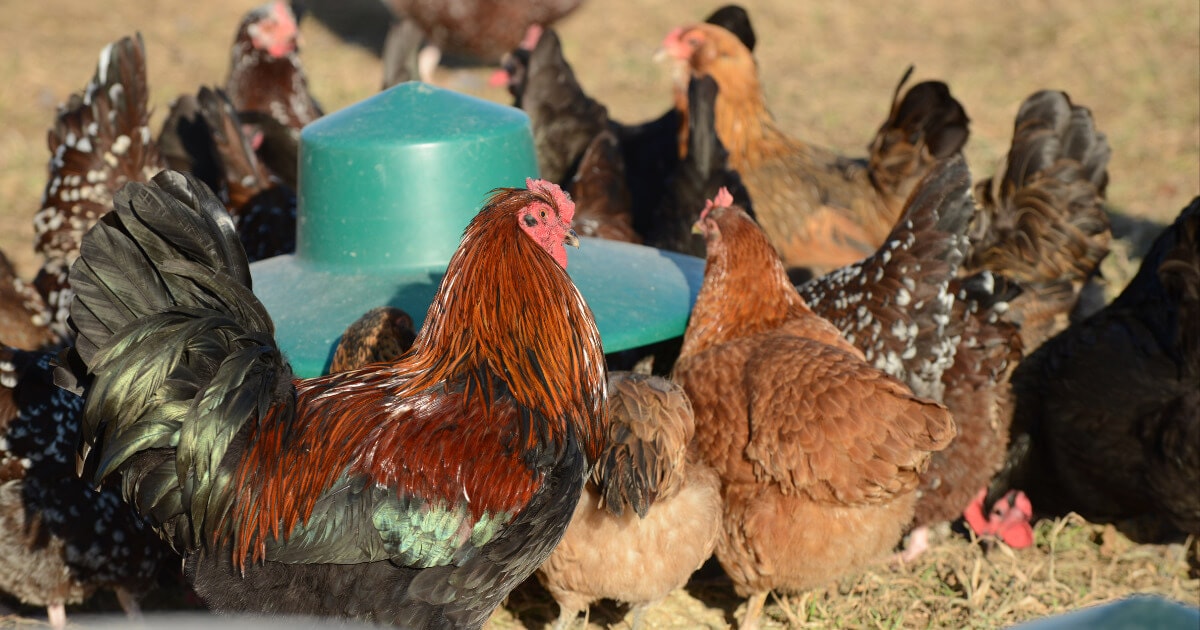Did you know that, as humans, we potentially have a finite decision-making capacity per day? As the hours go by, our resolve and rationale may be slowly degraded one decision at a time: first it’s “to gym or not to gym,” then “should I walk or take the bus to work?” followed later on by “can I really be bothered to cook?”
Ergo, by the evening our judgment has potentially gone downhill, and many of us are often faced with the dilemma of: What should we watch tonight?
However, given the potential impact of video streaming, perhaps another question should be: What impact does this have on the planet?
Of course, almost every daily decision has an impact on your personal carbon footprint, but while watching from the comfort of your sofa, perhaps also think about this:
While there is no plume of smog coming out of your TV screen, it still has a potential impact.
In fact, according to the International Energy Agency’s (IEA) September 2022 report, the data centers and transmission networks that facilitate streaming accounted for 1-1.5% of the world’s total electricity consumption and 1% of the planet’s total energy-related GHG emissions (0.6% of total global emissions) in 2020.
As a result, IEA now advises that the data industry must halve these emissions by 2030.
Impakter Index Sustainability Reports
In light of this, yesterday Impakter launched the third collection of Impakter Index sustainability reports (see the previous Automotive and Fashion and Beauty Care reports), this time focused on the Apps and Entertainment sector.
Impakter Index sustainability reports are designed to be a reliable and accessible go-to source of independent information that offers insight into how companies are contributing to a more sustainable future, and in them you can find a “Sustainability Scorecard.”
This latest set of reports provides insight into the sustainable practices of the world’s biggest streaming platforms like Netflix, Disney+, Snapchat and TikTok. You can read the full Impakter Index sustainability reports here, but a snapshot of some of the reports’ findings on the positive sustainability commitments of these platforms can be found below.
Netflix
You can read the full report here, but below is a snapshot of some of the Index’s positive findings.
The Impakter Index report found that by focussing on increasing its server efficiency and renewable electricity use, Netflix has shown a significant commitment to monitoring and reducing its environmental impact.
In fact, the report explained that in aiming for a net-zero carbon footprint, Netflix was found to prioritise renewable energy sources and sustainable materials, pledging to cut its Scope 1 and 2 emissions by 45% by 2030.
The Index also found that the company also purchases carbon offsets, engages in reforestation projects such as REDD+, is in partnership with DIMPACT (a project to help calculate the carbon footprint of streaming), and has many sustainability certifications.
Aside from curbing its carbon footprint, the Impakter Index analysis also highlights the fact that Netflix prioritises sustainability in day to day operations, using compostable products, donating excess food, reducing single-use plastics, and in 2021, fuelling their global offices and self-managed productions with 100% renewable electricity.
In addition, the Index report notes that Netflix promotes a sustainable work ethic and lifestyle for its employees.
Lastly, the Index report pointed to a large quantity of sustainability-focused content on the platform, e.g., “Sustainability Stories” in partnership with COP26, which the company hopes will inspire climate activism and action around the world.
Disney+
You can read the full report here, but below is a snapshot of some of the Index’s positive findings.
The Impakter Index analysis found that Disney+ prioritises sustainability, and has shown extensive commitment to curbing emissions, conserving and safeguarding the environment, reducing waste and operating ethically.
Notably, by 2030, Disney aims to achieve net zero emissions for its direct operations through investment in low-carbon fuels, 100% carbon-free electricity and initiatives that tackle avoided emissions.
The report also highlights that the company proactively offsets any remaining emissions through purchase of carbon credits.
Looking beyond emissions reductions, the Index analysts found that Disney has invested $120 million in environmental conservation efforts since 1995 through its Disney Conservation Fund, and has also reduced the use of plastics in hotel rooms and on its cruise ships by over 80%, scoring well on the Index’s scorecard for sustainable materials.
Disney has also won countless Environmental Media Association awards for its nature-focused storylines that help to generate awareness for climate change and inspire people to act.
Some of Disney’s climate- and environment-focused content includes things like “I Am Greta,” “Secrets of the Whales,” and “The Last Ice.”
Snapchat
You can read the full report here, but below is a snapshot of some of the Index’s positive findings.
In terms of sustainability as a company, the Index report found that Snapchat has shown commitment to addressing climate change through shrinking its footprint and making its products more energy efficient.
Related Articles: Electrifying the Roads: Overview of the Electric Vehicle Industry | How Close Are The Most Sustainable Car Brands To Achieve Net Zero by 2050? | The H&M Greenwashing Scandal: Has Business Learned the Lesson?
The report found that Snapchat has successfully switched to 100% renewable electricity; has pledged net negative carbon emissions by 2030; upgraded the energy efficiency of its buildings; reduced global energy consumption per user by 17%; and reduced its Scope 1 and Scope 2 emissions by 50% and Scope 3 emissions by 40%.
The Index also found that Snapchat invests up to $1 million every year in credible carbon offsets and have even attempted to become retroactively carbon neutral by calculating and offsetting emissions as far back as the company’s 2011 launch.
What if our eyes could see more? Scan this spot with your Snapchat camera to start exploring the unseen world around you. pic.twitter.com/CFji0gtJKL
— Snapchat (@Snapchat) January 27, 2023
TikTok
You can read the full report here, but below is a snapshot of some of the Index’s positive findings.
The Index report found that in the US, TikTok uses 100% Oracle cloud infrastructure, however they also mention that, unfortunately, the lack of sustainability reporting makes it difficult to accurately judge the company and its users’ impacts.
The Index report did find that TikTok has proactively raised awareness for global issues on its platform, with environmental influencers like “EcoTok,” attempting to connect with viewers and inform them about climate change and its impacts.
@ecotokcollective @queerbrownvegan breaks down how queer culture intersects with climate change 🌎 #ecotok #climatechange #queernature #climatecrisis
The carbon footprint of video streaming
Though calculating the impact of streaming is complicated, here’s a look at some of the factors that possibly affect its carbon footprint.
“Last mile” connections
Some devices are wired, some use WiFi, some use mobile network data such as 5G, and all of these final leg options have a different environmental impact.
Device
When it comes to which device you select to watch on, in terms of impact, not all screens were made equal; there’s a difference depending on whether you choose your smartphone, tablet, laptop or television.
Video Quality
Switching from SD to 4K requires more energy, and therefore it may be more environmentally friendly to watch in lower resolution.
The bottom line?
The IEA has stated that the carbon footprint of streaming a video is relatively small in comparison to other activities, largely due to the improved energy efficiency of digital technologies and infrastructure.
So we can still enjoy watching movies, series and videos, but there’s always room for improvement, so here’s a few options for how you could minimise your impact even further.
- Watch content that promotes sustainability, environmentalism and climate change – more views encourages more production, which in turn translates into more action!
- Subscribe to platforms like Waterbear which support NGOs.
- Take a look at the Zerofy app.
- Where possible, watch on a smaller screen.
- Keep the resolution low, it feels vintage anyway, right?
- Watch in moderation – it’s better for you and the planet.
- Try not to double-screen, as tempting as it might be.
— —
Correction: This article (including the title, subtitle and subheadings) has been amended to remove sections attempting to specifically quantify impact or carbon footprint, and refocused to cover solely the positive sustainability commitments of streaming platforms to avoid any possible misunderstanding or unfair assumptions, generally, or in relation to specific media productions, organisations, industries, countries or intergovernmental organisations.
Editor’s Note: The opinions expressed here by the authors are their own, not those of Impakter.com — In the Featured Photo: Green screen on devices. Featured Photo Credit: Ron Lach/Unsplash














